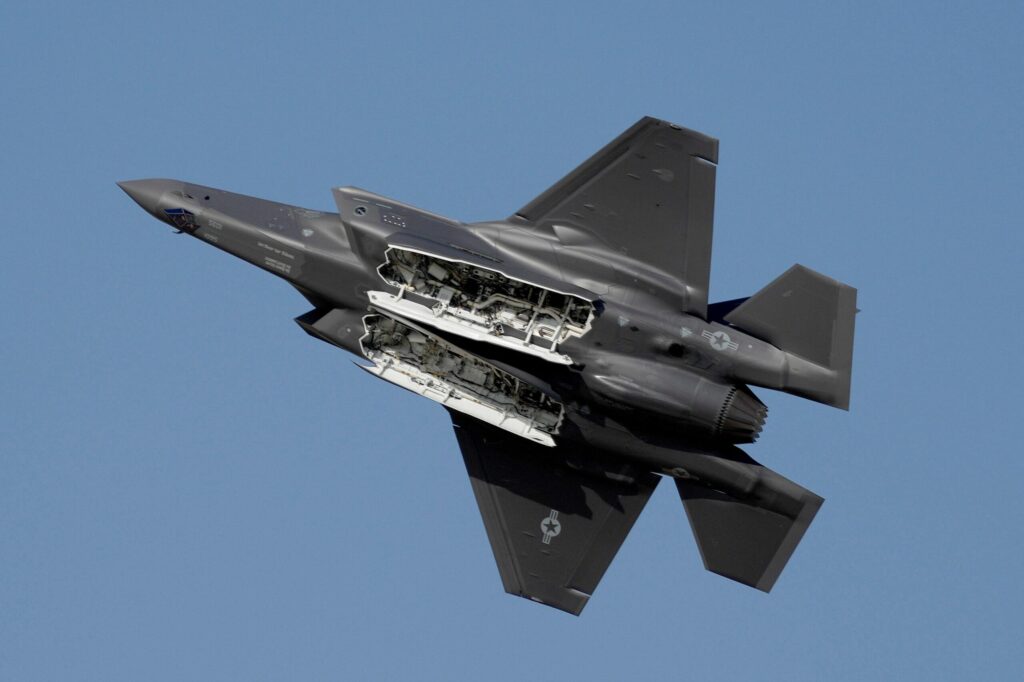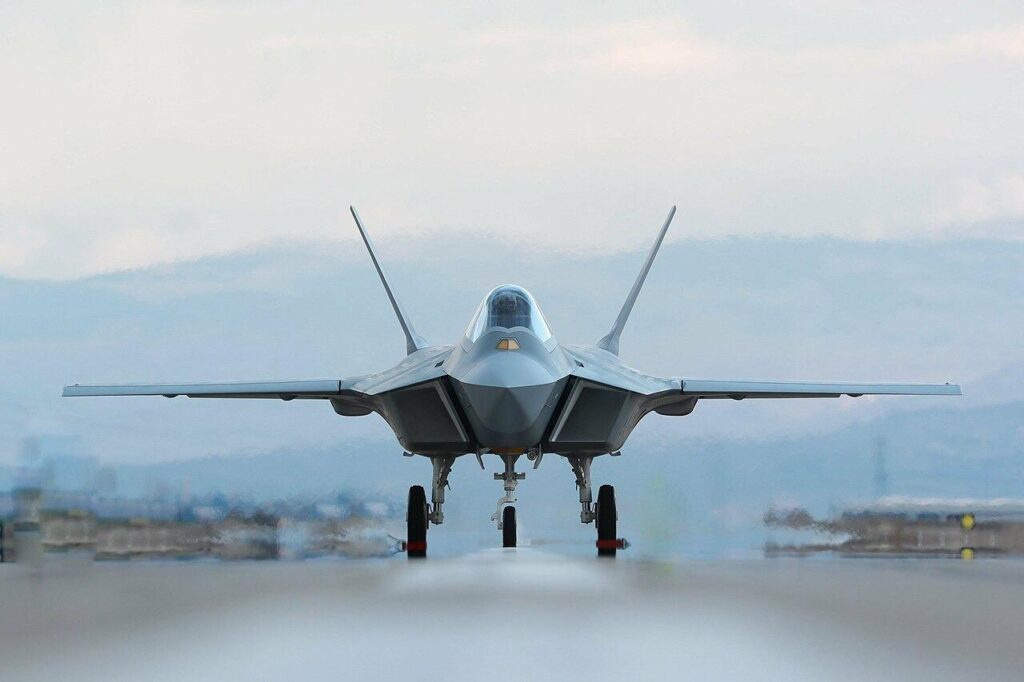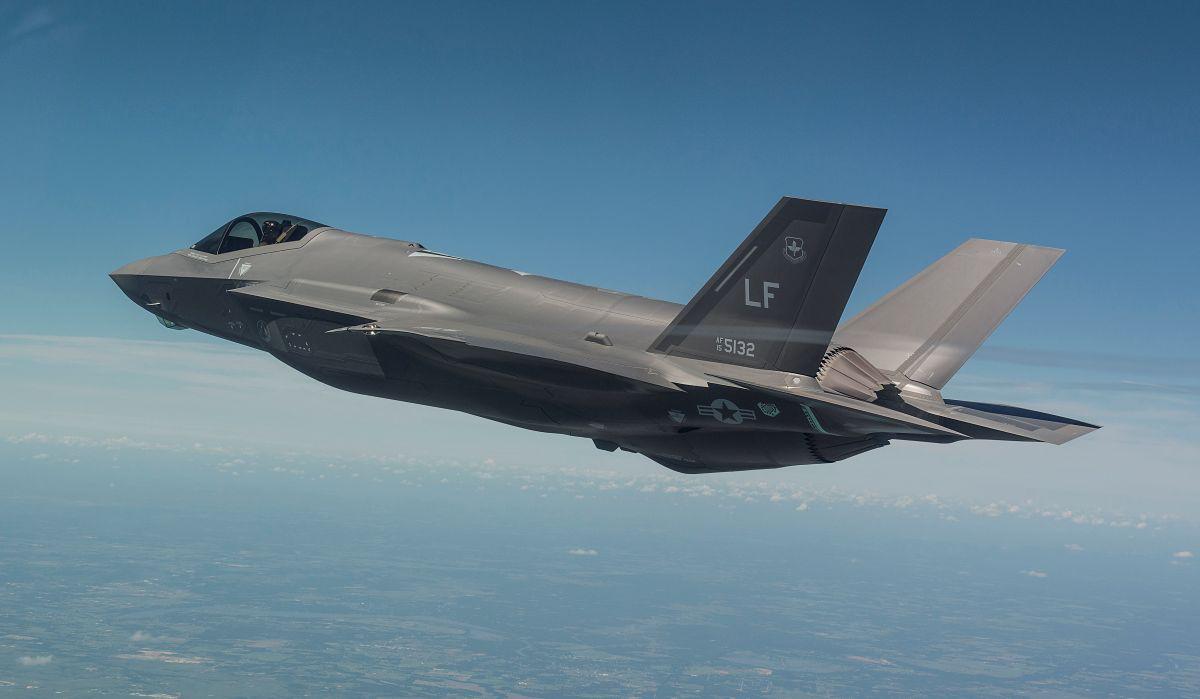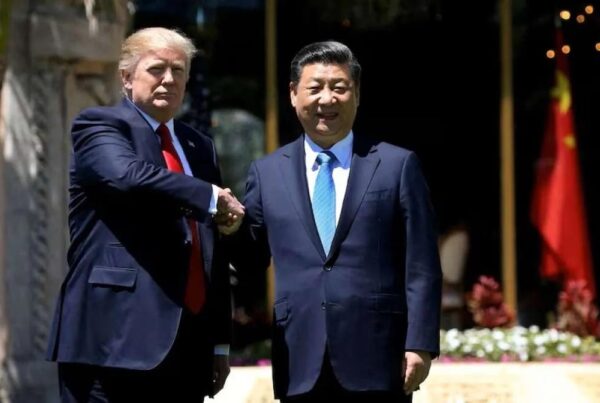Saudi Arabia submits purchases up to 48 units of the F-35 Lightning II to the United States, a step that has the potential to alter the balance of air power in the Middle East and influence defense strategy in the Asia-Pacific. That request has reportedly been Going through one important stage at the Pentagon., marking significant progress in negotiations that have been ongoing for years.
If fully approved, this will become A new milestone in U.S.–Saudi defense relations. A simultaneous strong signal of a change in export policy. fifth-generation fighter jet (stealth multirole) by Washington.
Saudi Arabia Prepares Fifth-Generation Combat Fleet
Saudi Arabia's efforts to own. F-35 Lightning II not a new thing. In recent years, Riyadh has shown a great interest in this stealth fighter aircraft, which is currently owned only by close US allies such as Israel, Japan, and South Korea.
However, the procurement process was temporarily stalled by various political and security considerations, especially related to the balance of power in the Middle East. After a series of diplomatic dialogues and a shift in regional security strategy, the door is now starting to open.
Strategic Negotiations with the United States
Saudi Arabia's F-35s are viewed as an important step in strengthening the defense alliance with the U.S. Washington had previously been cautious because the F-35's technological edge was considered too sensitive to be exported to countries outside NATO's core alliance network.
However, with the rising global tensions and the United States' need to expand its influence in the region, The export license for the F-35 now appears more realistic.
In addition, Saudi Arabia is seen as strengthening its military role as a counterweight to Iran's power, which continues to strengthen its drone fleet and ballistic missiles.
Military Transformation in the 2030 Vision Era.
This step is also in line with Vision 2030, Saudi Arabia's long-term strategy to reduce dependence on oil and strengthen its defense industry. Riyadh has signed a number of technology transfer agreements, with the ambition to build domestic military production capabilities.
The F-35 will become the symbol of that transition from a buyer country to a country with Manufacturing capacity and maintenance of high-tech defense systems.
Regional Impact: A New Balance in the Middle East

If the procurement of 48 F-35s is approved, Saudi Arabia will become the most advanced air power in the region, on par with or even surpassing Israel in the number of fifth-generation combat platforms.
Reaction of Neighboring Countries
Gulf states such as the United Arab Emirates and Qatar are expected to accelerate their air force modernization programs. On the other hand, Iran may strengthen its military cooperation with Russia or China to obtain fighter jets at the Su-57-class or J-35-class level as a form of strategic counterbalance.
In addition to expanding the technology race, this step also has potential. to change the pattern of joint military exercises and pushing for the upgrade of stealth-radar-based air defense systems.
F-35 Technology and Capabilities
The F-35 Lightning II is known as the world's most advanced multirole fighter jet, combining stealth capabilities, high speed, and AI-based sensor fusion system.
This aircraft can perform a variety of missions, ranging from ground attack, air interception, to intelligence and long-range surveillance.
The ability to integrate data between aircraft (networked warfare) makes it. the main weapon in modern combat operationsIn the context of the Middle East, Saudi Arabia's F-35s can change how military operations unfold in the air, where information dominance becomes a key factor.
Global Implications and Impacts on the Asia-Pacific

Saudi Arabia's steps are predicted to have the domino effect on defense strategy in other regions, including Asia-Pacific. Countries such as Indonesia, Malaysia, and the Philippines are currently reviewing their fighter jet procurement policies.
The Asian region is getting closer to the fifth generation.
The presence of Saudi Arabia's F-35s shows that The fifth-generation fighter jet has become a new standard for modern air power. Indonesia, for example, is currently preparing strategic cooperation with South Korea through the KF-21 Boramae project. Meanwhile, Japan and Australia have already been operating the F-35 in their fleets.
This tendency clarifies the direction of the future: Air dominance is now determined by stealth advantage, artificial intelligence, and the integration of cross-domain weapons systems.
Change in the Global Security Paradigm
In addition to the military aspect, the U.S. decision to open up F-35 exports to Saudi Arabia also marks. global geopolitical shiftWashington appears to be increasingly pragmatic, choosing to strengthen regional strategic partners to face rapidly changing global security dynamics.
Saudi Arabia, too, is now not only a global energy player, but also a key actor in the international defense and security order.
A New Era of Global Air Power
Purchase request 48 F-35 units for Saudi Arabia becoming a strong signal that the world is entering A new era in the race for defense technology. This step will strengthen Riyadh's position as the leading air power, while at the same time shifting the map of global military power.
For the Asia-Pacific region, including Indonesia, this decision is. strategic warning to accelerate the modernization of the air fleet and align the defense doctrine with the new reality.
The era of fifth-generation fighter jets has arrived, and anyone who is left behind will lose dominance in the world's skies.















